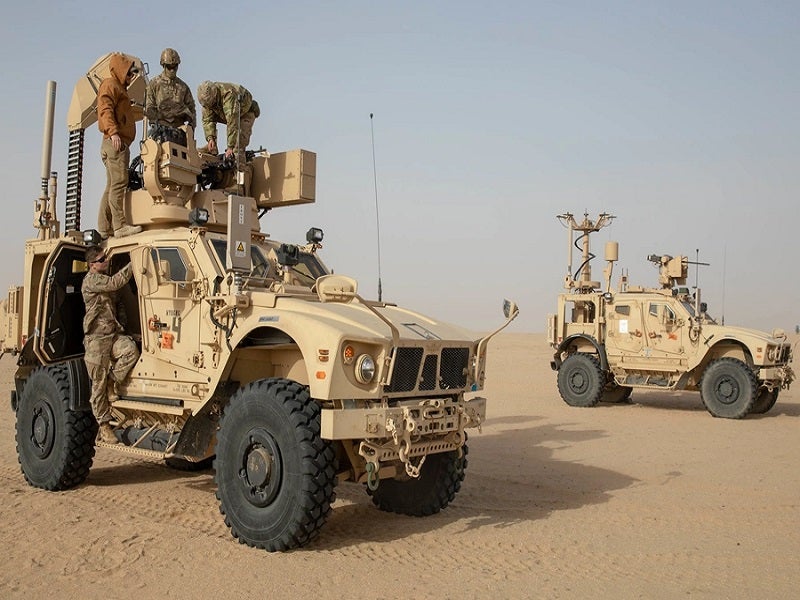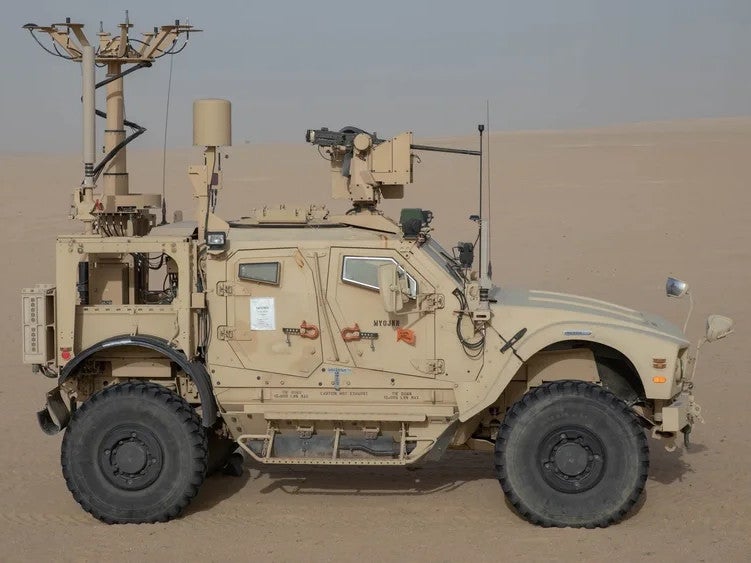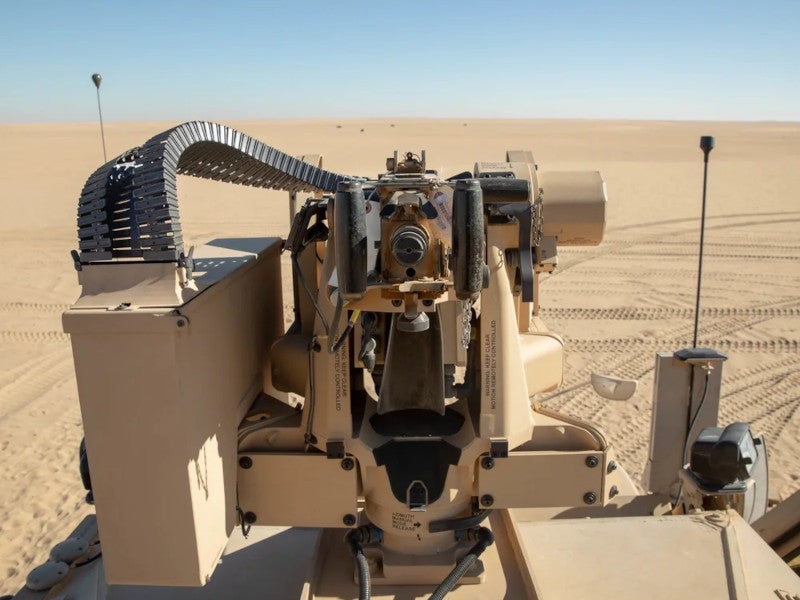M-LIDS – the mobile-low, slow, small-unmanned aircraft integrated defeat system – is a mobile counter-unmanned aerial system (C-UAS) intended for the US Army.
The C-UAS can detect and track unmanned aerial vehicles (UAVs) and provide combat support to soldiers in the field.
Leonardo DRS was awarded a $16m production contract for a C-UAS capability in July 2017. The company received a production contract worth up to $42m from the US Army to develop a comprehensive C-UAS capability in October 2017. Both the contracts were awarded under the US Army’s M-LIDS, Increment 1 programme. Moog, a precision control components and systems company, is Leonardo’s partner in the programme.
Leonardo DRS was awarded another contract worth $189m by the US Army for the M-LIDS system in July 2020. The contractual scope includes the development, production, deployment and support of the system.
The US Army identified M-LIDS Increment 2 as an acquisition category (ACAT) III programme of record in March 2022 and expedited the delivery of C-UAS systems. Leonardo DRS subsequently received two modification contracts worth $40m and $20m during the same year.
In January 2023, Leonardo DRS was awarded a contract to supply additional C-UAS platforms including kinetic defeat vehicles and spares under the M-LIDS programme.
Testing of the M-LIDS counter-drone system
Raytheon Missiles & Defense, a business unit of Raytheon Technologies, in collaboration with the US Army’s Integrated Fires and Rapid Capabilities Office, demonstrated counter-drone capabilities during testing in October 2021. The company’s Coyote interceptor, Ku-band radio frequency system (KuRFS) precision targeting radar and Ku-720 mobile sensing radar were deployed as part of the M-LIDS during the testing in which the system defeated UAS threats.
Soldiers from the 4th Infantry Division of the US Army used the M-LIDS in a simulation during the first counter-small UAS (C-sUAS) home-station training session at Fort Carson, Colorado, in April and May 2021. The troops participated in classroom lessons, hands-on interaction with the C-sUAS systems, and a live-fire training session.
M-LIDS system features
The M-LIDS comprises a counter-drone electronic warfare system; forward area air defence command and control (FAAD C2); electro-optical infrared camera; mesh-net internet protocol radios; direction-finding sensors and the AN/TPQ-50 multi-mission radar. It also includes a 30mm chain gun.
The sensors and shooters are mounted on mine-resistant ambush-protected vehicles.
The KuRFS radar and Coyote Block 2 Interceptor enable the system to kill drone threats using kinetic weapons.
M-ATV vehicle platform
The M-LIDS system includes two mine-resistant, ambush-protected all-terrain vehicles (M-ATVs) which are mounted with the reconfigurable integrated-weapons platform (RIwP) turret, and Leonardo DRS’ surveillance and battlefield reconnaissance equipment (SABRE) along with other technologies. The M-ATV, which is in service with the US Army, US Marine Corps (USMC), and forces of other countries, is manufactured by Oshkosh.
A variety of kinetic defeat effectors are included in the M-LIDS system, such as the XM914 (30mm) cannon housed in the Moog’s Reconfigurable Integrated-weapons Platform (RIwP®) turret.
For weapon loading, one of the vehicles has the RIwP, which is provided by Moog and offers enhanced precision and lethality through improved optics. The turret can fire 30mm proximity rounds to defeat unnamed aerial vehicle threats. The other vehicle is installed with SABRE as well as other government-sourced technologies.
Forward area air defence command and control (FAAD C2)
FAAD C2 is a battle-proven command and control system developed by Northrop Grumman. A key component of counter-drone strategies, the software provides critical command and control, situational awareness and automated tracking information.
The FAAD provides command and control for short-range air defence and counter rocket, artillery and mortar weapon systems by tracking friendly and enemy aircraft, mortar and rocket rounds, cruise missiles and drones once these are identified by the radar systems.
Sensors on M-LIDS
The SABRE system is an integrated sensor suite that enhances full-spectrum reconnaissance and precision fire targeting capability. It provides advanced stabilisation, elevation and integrated network capabilities. The SABRE combines a range of radar, day and thermal imagers and laser systems.
The KuRFS sensors provide situational awareness to operate crewed aircraft safely throughout all Coyote interceptor engagements. It is a 360° multi-mission radar system that detects incoming threats such as drones, artillery, rockets and mortars.
The Ku-720 radar, a scaled version of the KuRFS, is used in highly mobile operations. It has reduced size, weight and cost compared to the currently deployed KuRFS.
The KuRFS leverages the active electronically scanned array (AESA) technique for tracking with precision. The AESA features a combination of many small antennae to enable better control of the beam. The Ku-band enables higher-resolution imaging, which is important for tracking smaller flying objects.
Coyote interceptor
The Coyote is a small, expendable and tube-launched UAS which can be used either individually or as part of drone swarms to carry out missions such as electronic warfare, surveillance and strikes.
The system can operate for about an hour and carry interchangeable payloads. It can handle higher accelerations during launch and provides capabilities such as improved surveillance imagery and increased targeting capability. The UAS also provides near-real-time damage assessment and reduces the risk of threat to crewed aircraft.
Powered by a jet engine, the Coyote Block 2 can neutralise threats at longer ranges and higher altitudes than similar effectors in its class. It can act efficiently against small UAS or Group 1-3 UAS threats. The KuRFS multi-mission radar is the fire control source for the Coyote Block 2 weapon system.
The non-kinetic Coyote Block 3 interceptor, which was also part of the US Army testing in October 2021, provides an extended range. It can be retrieved, refurbished and re-used to defeat multiple small drones.






